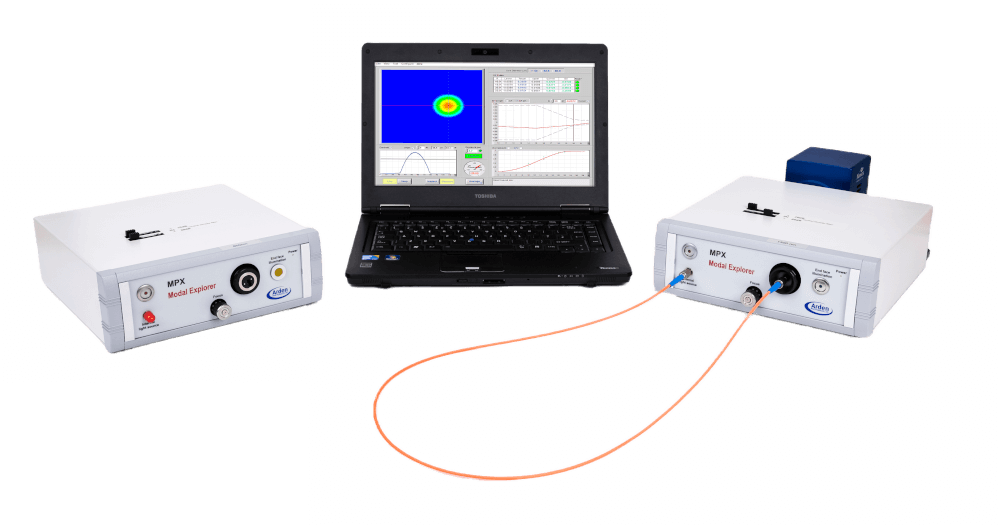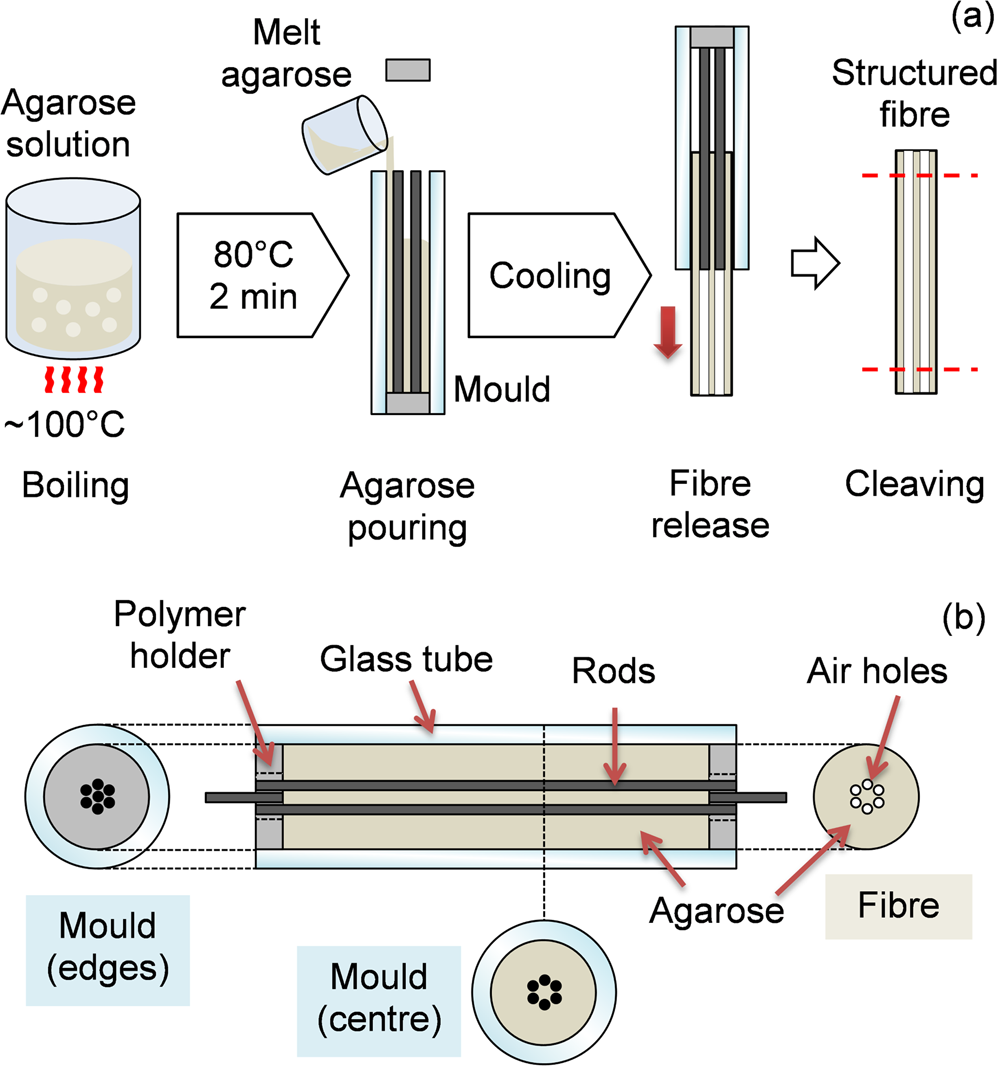The Efficiency of an Optical Fibre Diameter Analyser in Reducing Manufacturing Errors
The Efficiency of an Optical Fibre Diameter Analyser in Reducing Manufacturing Errors
Blog Article
Discover the Significance of an Optical Fibre Diameter Analyser for Precision Measurements
The accuracy of optical Fibre dimensions is vital in the telecommunications industry, where also the least inconsistency in Diameter can result in substantial signal degradation. An optical Fibre Diameter analyser offers as a critical device to ensure these dimensions are precise and consistent, consequently enhancing overall system efficiency. Past the prompt benefits in quality and dependability, the implications of these dimensions reach regulative conformity and the development of modern technology. As we think about the developing landscape of electronic communication, the function of these analysers fit future standards comes to be progressively appropriate. What exists in advance in this crucial area?
Comprehending Optical Fibre Diameter
Recognizing the Diameter of optical fibres is crucial for ensuring ideal efficiency in telecommunications and data transmission applications. The Diameter directly influences the light-carrying capability of the Fibre, impacting both signal stamina and top quality. Optical fibres generally are available in 2 main classifications: multi-mode and single-mode, each with unique Diameter specs. Single-mode fibres typically have a smaller sized core Diameter, around 8 to 10 micrometers, enabling the transmission of light signals over longer distances with very little loss. In contrast, multi-mode fibres feature bigger core sizes, commonly between 50 to 62.5 micrometers, which assist in greater transmission capacity over much shorter ranges.
The precision of Diameter dimensions is necessary, as even minute variants can cause considerable discrepancies in performance. Elements such as making tolerances and ecological impacts can influence the Diameter, demanding consistent and exact dimension strategies. Furthermore, standardization in Diameter specifications ensures compatibility in between various Fibre kinds and ports, minimizing the threat of system failings. As telecoms modern technology proceeds to evolve, the requirement for dependable optical Fibre Diameter evaluation becomes significantly vital, highlighting the significance of using sophisticated dimension tools and techniques to preserve top notch interaction networks.
Benefits of Accurate Dimensions
Accurate measurements of optical Fibre Diameter are pivotal for enhancing network efficiency and dependability. The honesty of optical signals is straight influenced by the harmony and precision of Fibre sizes, as inconsistencies can cause boosted depletion and signal destruction. By making certain that the Diameter of optical fibers is consistently gauged within defined resistances, operators can lessen losses and boost overall transmission top quality.
Moreover, exact Diameter analyses add to effective Fibre splicing and connectorization. Mismatched sizes can lead to poor coupling performance, causing boosted insertion losses. This accuracy is specifically critical in high-speed networks, where even small disparities can have significant impacts on information transmission prices.
In addition, maintaining stringent requirements for optical Fibre measurements aids in conformity with market laws, making sure that products satisfy required requirements. optical fibre diameter analyser. This not just boosts consumer self-confidence but additionally improves the credibility of producers and service suppliers in the affordable telecom landscape
Eventually, the advantages of exact measurements expand beyond immediate performance gains; they foster lasting integrity and toughness of network framework, leading the means for future improvements in optical interaction technology.
Applications in Telecom
The applications of optical Fibre Diameter analysers in telecoms are he has a good point crucial for guaranteeing optimal network performance and efficiency. optical fibre diameter analyser. These analysers play a critical duty in the manufacturing, installment, and upkeep of optical Fibre cable televisions, where specific dimensions of Fibre Diameter considerably influence the overall efficiency of communication systems
In telecoms, maintaining consistency in Fibre Diameter is crucial for minimizing signal loss and optimizing transmission quality. Variants in Diameter can cause boosted attenuation and lowered bandwidth, impacting information transmission prices. Optical Fibre Diameter analysers enable professionals to keep an eye on and regulate these measurements throughout the production procedure, ensuring that the fibres meet strict requirements.
Moreover, during setup and maintenance, these gadgets aid in verifying that the set up fibres adapt the required criteria, therefore avoiding potential failings in communication framework. By using optical Fibre Diameter analysers, telecommunications business can boost their solution integrity and client satisfaction.

Quality Assurance Requirements
In the world of optical Fibre manufacturing, adherence to quality assurance criteria is critical for guaranteeing the reliability and performance of communication systems. The accuracy in optical Fibre Diameter is crucial, as variations can significantly impact signal honesty and general system performance. As a result, suppliers should execute rigorous quality assurance steps throughout the manufacturing procedure.

By sticking to established quality control requirements, manufacturers not only improve the performance of their optical fibres however additionally make certain consumer complete satisfaction and trust. Eventually, durable top quality control techniques are integral to the success of optical Fibre production and the development of interaction modern technologies.
Future Trends in Dimension Innovation
As the need for high-performance optical fibers escalates, precision measurement devices will certainly become progressively vital. By integrating innovative sensors and real-time information analytics, suppliers will certainly be able to monitor Fibre Diameter variations with extraordinary accuracy.
In addition, the consolidation of non-contact measurement techniques, such as laser triangulation and optical comprehensibility tomography, will lower the danger of contamination and physical damage to optical fibres throughout analysis. These advancements assure to simplify quality assurance processes, making certain that only one of the most trustworthy products reach the marketplace.
Sustainability will certainly also play a crucial role in future measurement modern technology. go Recyclable materials and energy-efficient systems will be prioritized, straightening with international ecological standards. In addition, the fostering of Market 4.0 concepts will help with smooth combination of dimension innovation within smart manufacturing communities, permitting constant improvement and rapid innovation.
Final Thought
In final thought, the optical Fibre Diameter analyser offers see this website as an important tool for ensuring accuracy in telecoms. These analysers not only sustain high quality control requirements but also foster consumer confidence in optical Fibre technologies.
The accuracy of optical Fibre dimensions is extremely important in the telecommunications industry, where also the tiniest discrepancy in Diameter can lead to substantial signal destruction. An optical Fibre Diameter analyser serves as a crucial tool to ensure these measurements are accurate and regular, thus improving overall system efficiency. As telecommunications technology proceeds to progress, the requirement for dependable optical Fibre Diameter analysis ends up being progressively paramount, underscoring the importance of utilizing sophisticated measurement tools and methods to preserve top quality interaction networks.
Accurate dimensions of optical Fibre Diameter are essential for maximizing network performance and integrity. Optical Fibre Diameter analysers enable professionals to monitor and manage these measurements throughout the production process, making sure that the fibers meet rigorous specifications.
Report this page